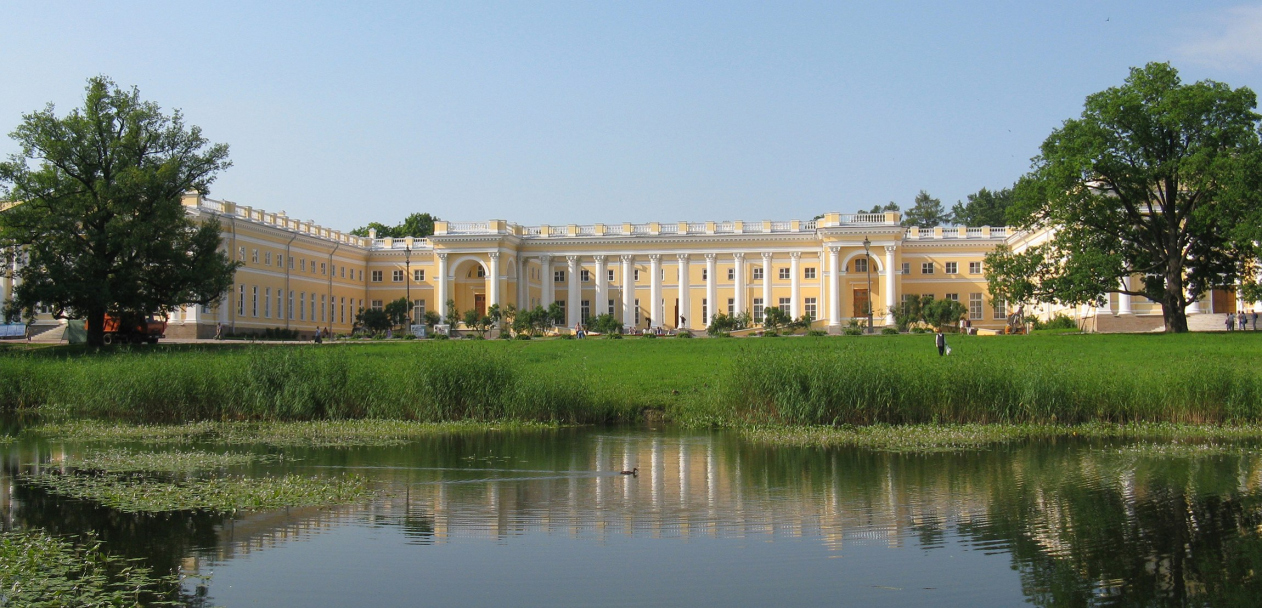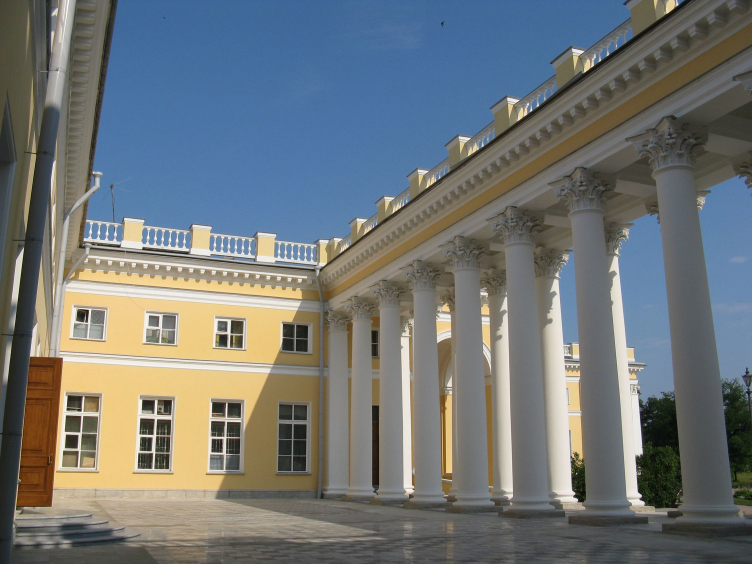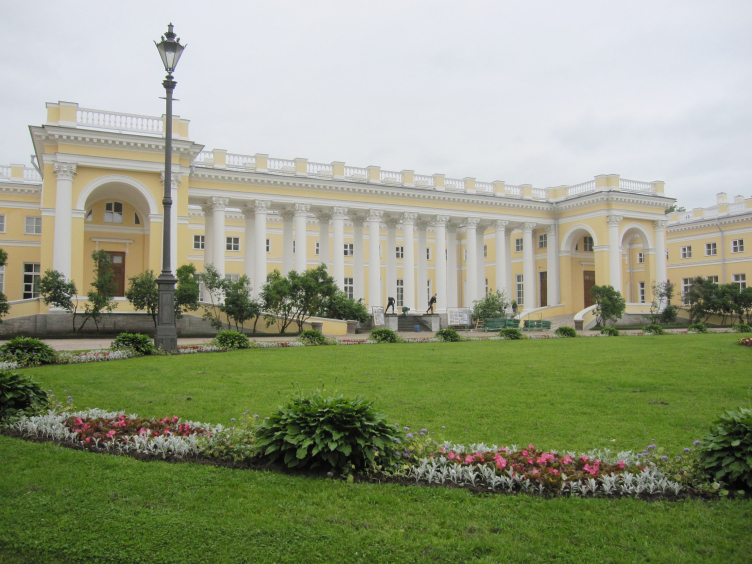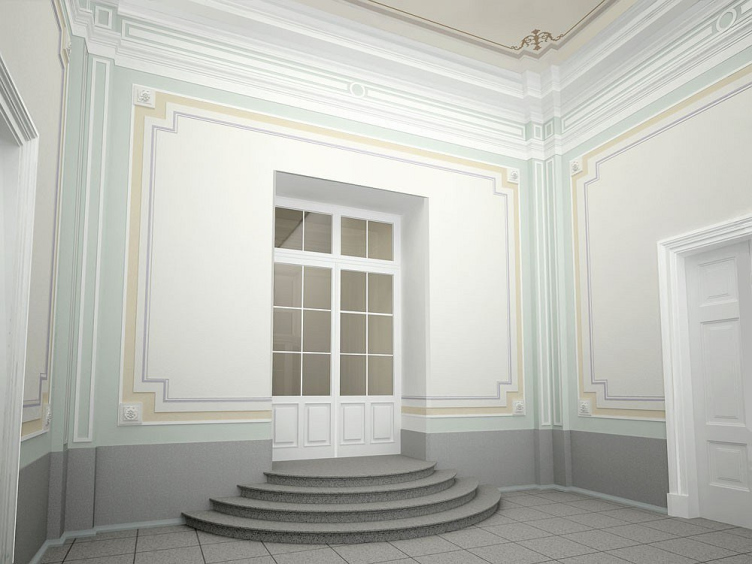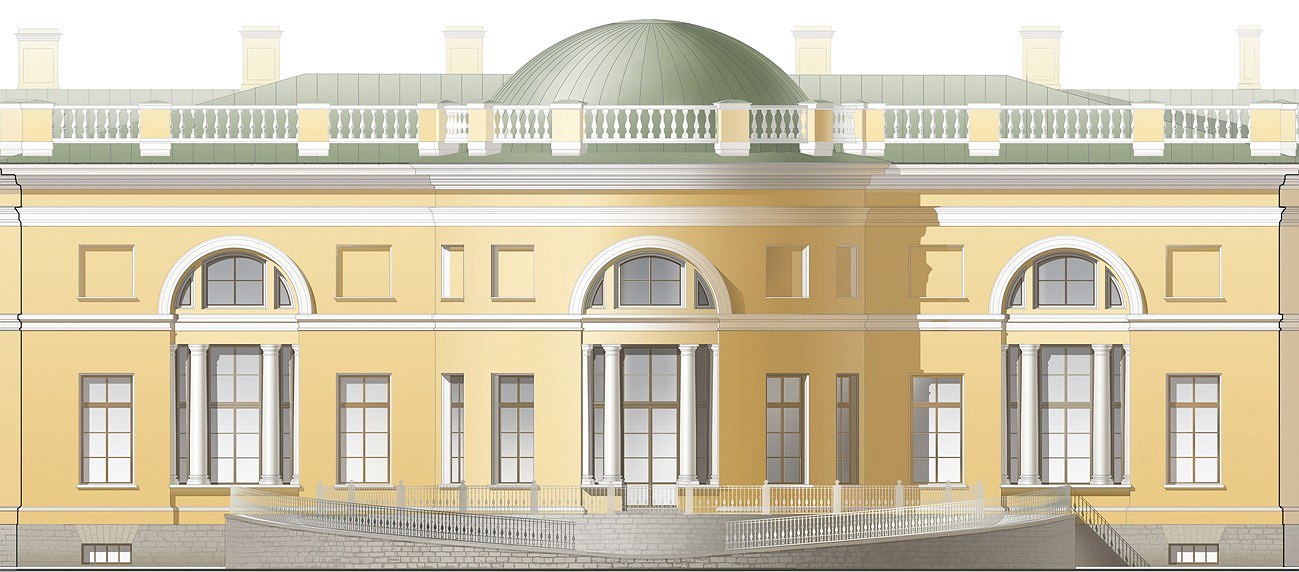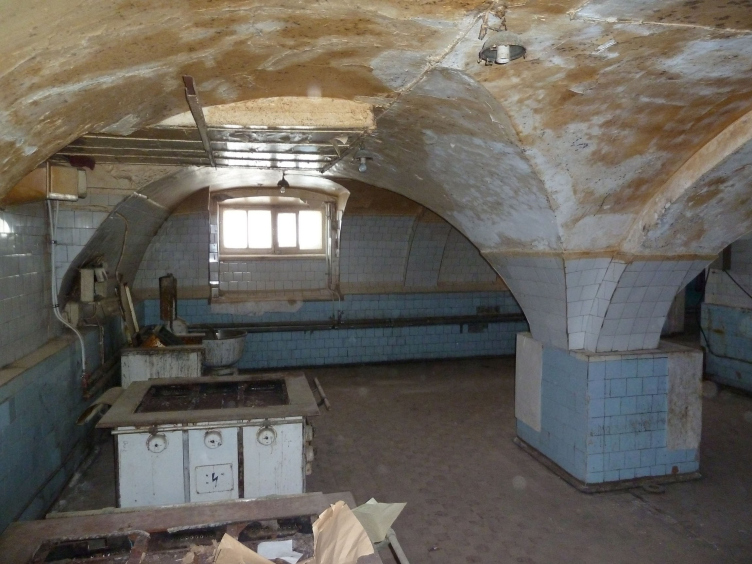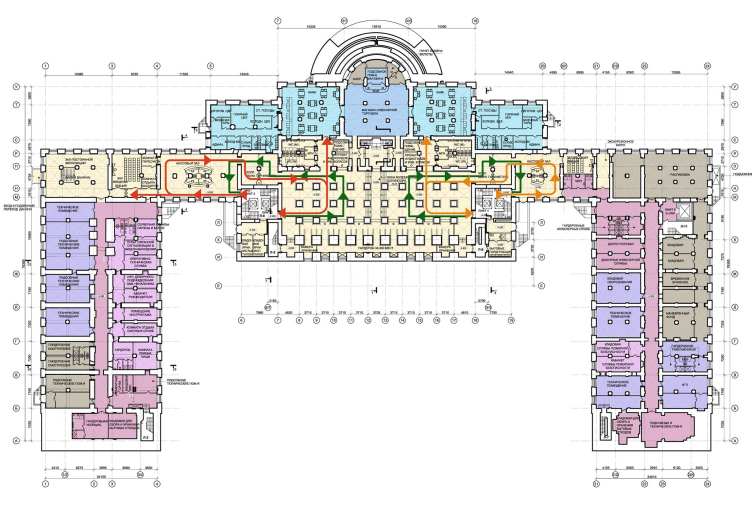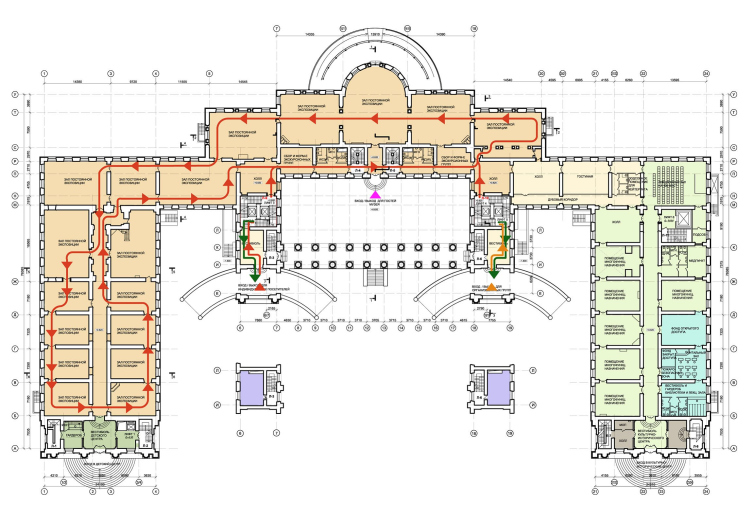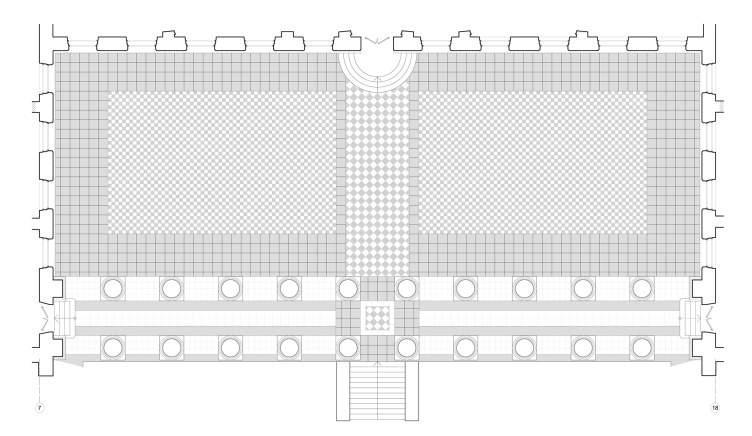The Emperor’s Palace… a Place for Dialogue
Nikita Yavein and his Architectural Workshop “Studio 44” have come up with the renovation project for the Alexander Palace in Tsarskoye Selo near Saint Petersburg. Just like the reconstruction of the East wing of the General Staff Building, the architects’ new work presents an excellent example of correct mix of up-to-date creative and technical solutions with the historic architecture.
